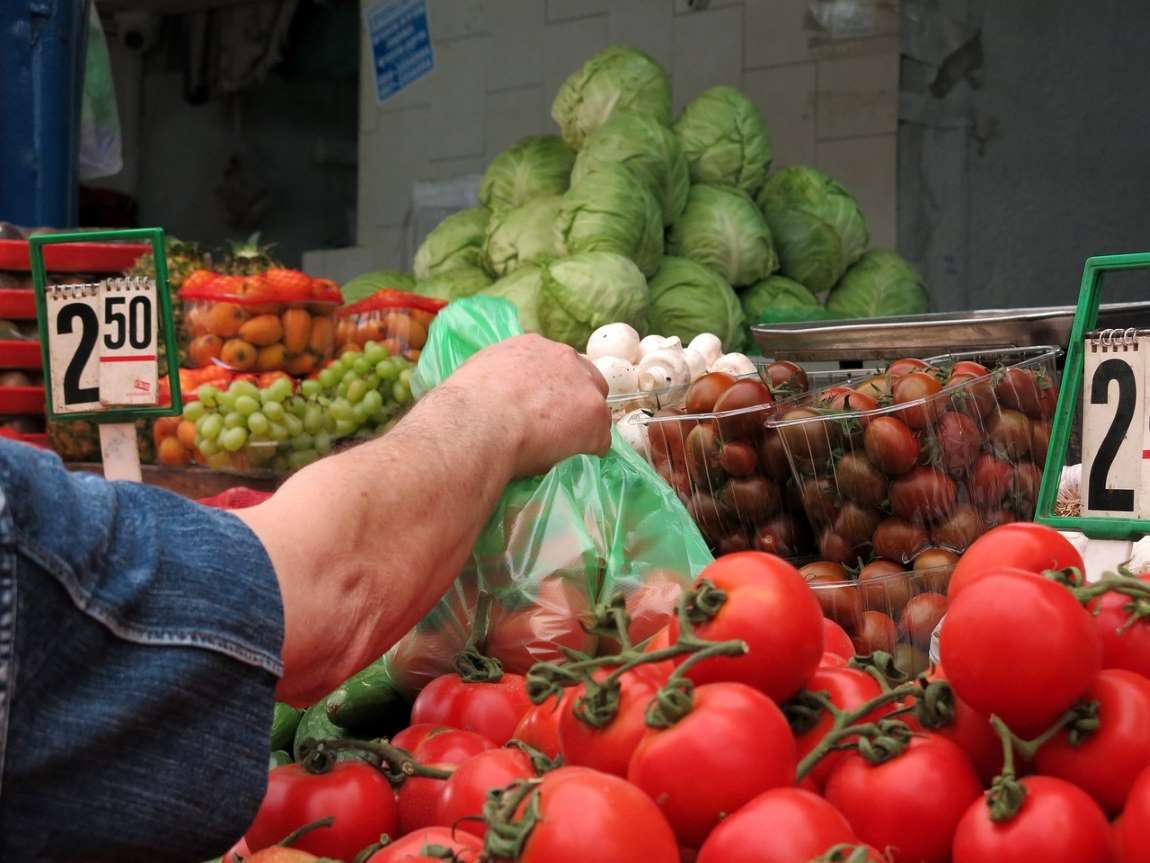By Liesel Spencer, Western Sydney University | 360info
Worries about putting food on the table face almost half of Australian households. Amid the cost of living crisis, even higher-income households aren’t immune.
Sara* has always followed a strict budget to support herself and her two kids — but in the last 18 months, she’s been struggling to put food on the table.
The single mum has started skipping meals so her children don’t go without, and kept the heater off throughout winter to save on energy bills. At least once a week, Sara goes a whole day without eating, leaving her tired and unable to concentrate.
Sara is far from alone in experiencing food insecurity. More than one-third (36 percent) of Australian households experienced moderate to severe food insecurity in 2023, according to food relief charity Foodbank, and 48 percent of the population feels anxious about accessing, or struggles to consistently access, adequate food.
This food security crisis is not only disturbing; it’s also a human rights issue. The right to food is a basic human right — but over the last few years, high levels of food insecurity across the world have posed an increasing threat to this right, including in Australia.
What’s driving food insecurity
The cost of living crisis has worsened the position of those who were already food-insecure, including at-risk populations such as those living in poverty, single-parent households, older people, people in remote areas, First Nations people, refugees and children.
The crisis has also meant that new groups of people are experiencing food insecurity, which is broadly defined as not having consistent access to enough healthy food to meet dietary needs and food preferences and to live an active and healthy life.
Seventy-seven percent of households experiencing food insecurity did so for the first time last year — and an increasing number of households experiencing food insecurity for the first time are employed, with mid-range to higher incomes.
For a lot of people in Australia during the cost of living crisis, food insecurity means having to rely on charities, often for the first time in their lives.
For some, food insecurity comes from living in a “food desert”, where there’s no local shop to buy fresh fruit and vegetables.
For others, it’s about relying on cheap “filler” carbohydrate foods that don’t meet daily nutrition needs. Without secure housing, it is harder to cook and store meals.
It’s the cost of our most basic needs — food, housing, electricity, visits to the doctor — that’s driving widespread food insecurity.
Inflation has made grocery prices higher, with dairy prices rising almost 15 percent in the year to June 2023.
This problem isn’t isolated to Australia: the most recent UN Sustainable Development Goals report noted that nearly 60 percent of countries faced high food prices in 2022, following major disruptions to logistics and supply chains related to global armed conflicts, the COVID-19 pandemic, and climate change.
Housing chews up more money
Even more significant in Australia is the rapid rise in the cost of rentals and house prices over the past few years. When rent or mortgage covers a significant chunk of a household’s income, there’s not always enough left over to pay for other basic needs like food.
On the face of it, it might appear Australia has no reason to grapple with food insecurity. The nation produces enough food to feed our whole population and still export enough to feed an extra 60 million people.
Being a net exporter of food, however, does not make Australia a food-secure country.
Food supply chains can be disrupted by short-term shocks — which can be natural disasters such as bushfires and floods, or public health crises such as the pandemic. The cost of living crisis has demonstrated how crisis shocks to the food system can occur on top of the underlying food insecurity that vulnerable people in the community experience on an ongoing basis.
The crisis has put the spotlight on how governments manage everyday food security and shown up different types of weakness and regulatory gaps in the food system.
For example, Australia has not measured and reported on food security at the national level since 2011, so we don’t have the sort of reliable data we need for an evidence-based strategy.
What governments could do
In response to natural disasters and COVID putting pressure on Australia’s food system, the Australian Parliament’s agriculture committee carried out a year-long national inquiry into food security. The resulting report, released in November 2023, made 35 recommendations.
These were wide-ranging and, if implemented, would significantly improve how we regulate the risks of food security in Australia.
The most significant were that a new Minister for Food portfolio be created in the federal government, along with a National Food Plan.
The idea is that a national strategy with oversight from a government minister could draw together all the complicated threads of Australia’s food system, as well as the different areas of law and policy involved in Australia’s food security.
The report also recommended changing how we regulate many aspects of Australia’s food system, including grocery prices and supermarket behaviour, investing in agricultural development, nutrition guidelines, rural and remote communities, First Nations communities, food waste, food and nutrition education, a school meals program and measuring food insecurity.
Crucially, these recommendations are a full “blueprint” for a national food security strategy for Australia.
Often high-income countries such as Australia rely on emergency food relief from charities as bandaid solutions for food security. The report instead offers a big picture plan for sustainable pathways out of food insecurity.
Fixing housing could help
So far, we don’t have a firm commitment from the federal government that it will be implementing the report’s recommendations. Lobby groups and academics have thrown support behind the urgent need for a national, whole-of Australia approach, including a Minister for Food and a National Food Plan, in particular.
Even if all those report recommendations were followed, however, fixing food insecurity is going to take more than changing the way we regulate the whole food system.
That’s because other circumstances of people’s lives, such as affordable housing, also influence food insecurity.
Ultimately, any policy or legal reforms that have the effect of lessening social inequality and poverty will help to fix food insecurity.
And since the biggest pressure on households in Australia at the moment is the cost of housing, any changes that make housing more affordable — and therefore alleviate pressure on household food budgets — is going to help with food insecurity.
Tackling housing affordability could involve governments investing in social and affordable housing, regulating rent through rent caps and rent freezes, or reforming taxation law (including negative gearing).
The government could also consider regulation of short-stay housing such as Airbnb; creating disincentives for vacant property; a rethink of planning laws around dwelling sizes and density; and reform of property law to make it easier for people to access alternative forms of property such as housing cooperatives.
Effectively tackling the widespread issue of food insecurity in Australia will involve looking not only at food prices and supply chain issues — and transforming food systems so they are sustainable, resilient and equitable, as the UN has suggested — but also tackling inequalities that leave households vulnerable and household budgets squeezed.
Finally, Australia signed up to an international convention in 1972 that protects the right to food. As with all international law, however, the rights in that convention aren’t legally enforceable in Australia until they’re enshrined in legislation.
The Australian government could consider legislating the right to food for people in Australia to make it something people can rely on. It could also enact the right to food into a charter of human rights, or into new food security legislation.
In either case, changing Australian law to include the right to food in national legislation would mean the government has a responsibility to promote every person in Australia’s right to food.
***
*’Sara’ is a fictional case study representing an amalgamation of real-life scenarios identified in reports from Australian charities providing emergency food relief.
Dr Liesel Spencer is an Associate Professor at the University of Western Sydney’s School of Law. Her research interests are in public health law and food systems governance, focussing on regulation of food security.
Originally published under Creative Commons by 360info™.
Featured image credit: Bobbie | Pixabay




